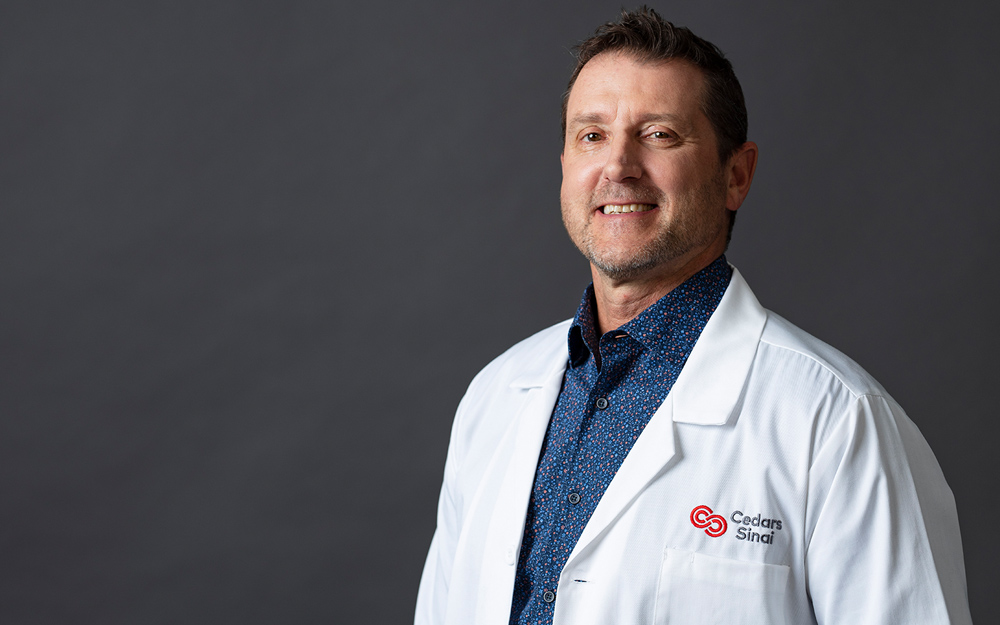Zombie Cells, Aging and Health
Date
October 25, 2023

Date
October 25, 2023
Credits
Medical providers featured in this article
In Brief
{{cta-block}}
Every Halloween they stalk the streets: ghosts, vampires and zombies, those crepuscular creepers who lurk in liminality and infect the innocent.
More frightening than such seasonal spooks are the year-round horrors haunting the microcosmic landscape of the body: senescent “zombie” cells, which refuse to live or die. Senescent cells turn undead with aging and stress—they cease to replicate, but also resist apoptosis, lingering in cell cycle arrest and secreting pro-inflammatory toxins into their microenvironment. They are associated with chronic inflammation and thought to promote tumor growth.
"By targeting the root cause of multiple diseases, we can more efficiently promote health so that as we age, we not only avoid disability and illness, but maintain productive and happy lives and remain an essential part of society.”
But fear less! Investigators across Cedars-Sinai are studying how senescent cells influence pulmonary fibrosis and heart and endocrine function. A new clinical trial lead by Nicolas Musi, MD, director of the Diabetes and Aging Center, director of the Division of Endocrinology, Diabetes and Metabolism and vice chair of Translational Research in the Department of Medicine at Cedars-Sinai, seeks to more distinctly define the phenomenon and its relationship to aging and obesity.
“The theory is that if we can target the aging process itself, we can improve metabolism and prevent diabetes, improve brain function and prevent dementia, improve cardiac function and prevent heart failure,” Musi said.
They Walk Inside Us
Senescence was discovered in cell cultures in 1961 (during the decade that saw the premiere of Night of the Living Dead). Today, the role of senescence in the body is largely unproven and is likely pleiotropic: It could serve to halt the proliferation of damaged cells, but the associated pro-inflammatory secretions can be harmful.
As part of an NIH-funded consortium which aims to identify, define and track senescent cells across lifespan, Musi will soon begin enrolling patients in a clinical trial. Using single cell sequencing, investigators will examine the presence of the cellular zombies in fat tissue—and whether senolytic drugs that kill them offer a benefit.
The study will compare three groups at baseline: young, lean subjects; older, lean subjects; and older subjects with a body mass index of 30 or higher. By comparing the groups, Musi hopes to distinguish whether age or obesity correlates with an increase in senescent cells.
“When we’re very young, the proportion of these cells is small, but as we age, it increases,” he said. “But it’s not very clear which cells in our body are the ones that undergo senescence, so we hope to identify the subpopulations of cells that differ with age, which are senescent, and which are pro-inflammatory.”
The study will also randomize the obese subjects into three subgroups. For three months, participants will undergo either a lifestyle intervention of nutrition and exercise, take a cocktail of senolytic drugs or receive a placebo. Investigators will study whether the interventions reduce senescent cells and lead to improved metabolic outcomes, physical function and overall inflammatory status.
Mice studies demonstrate that senolytic drugs delay mortality and disease. Clinical trials have yet to show whether senolytics can improve health and longevity without consequence, but a recent Nature Medicine study led by Mitzi Gonzales, PhD, associate professor of Neurology at Cedars-Sinai, found the drugs to be safe and well tolerated in patients with mild Alzheimer’s disease.
Age Fearlessly
One ambient fear sends more shivers down spines than ghouls, zombies or even death, combined: the threat of aging.
Some anxiety over physical vulnerability and decline is justified—getting old is the No. 1 risk factor for all chronic disease. Most people over 65 have at least two chronic conditions, and Musi and colleagues aim to reduce that risk by studying senescence.
“To identify the mechanisms that control aging, and how aging predisposes us to disease, is key,” Musi said. “By targeting the root cause of multiple diseases, we can more efficiently promote health so that as we age, we not only avoid disability and illness, but maintain productive and happy lives and remain an essential part of society.”





